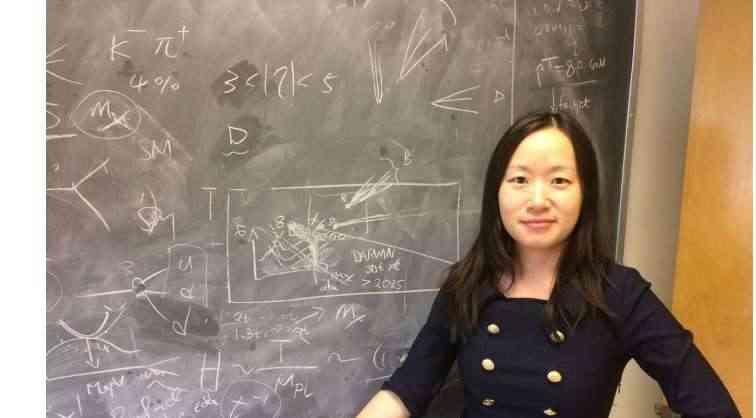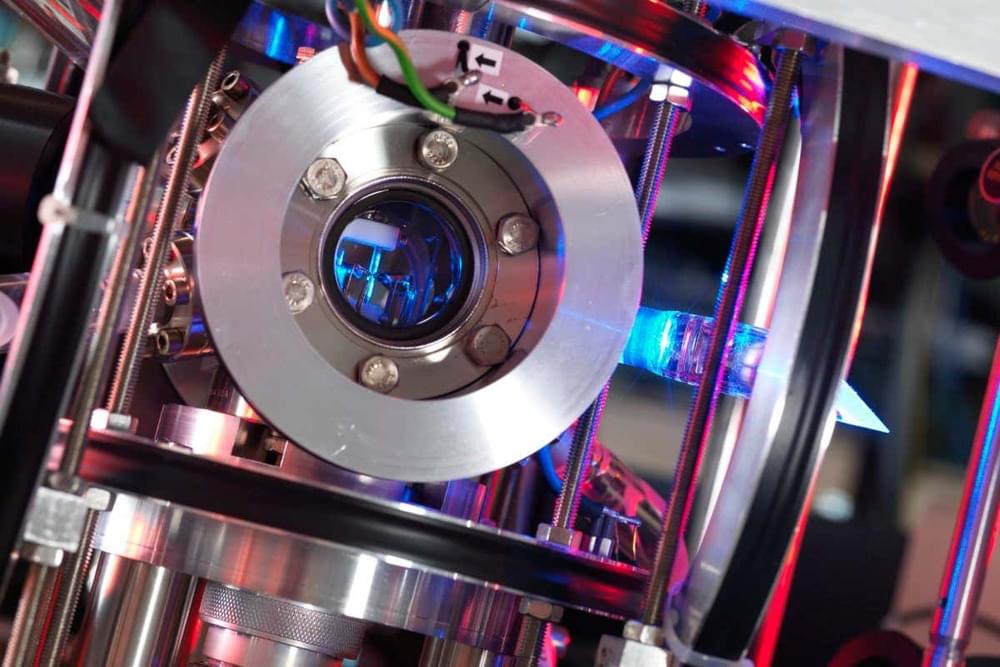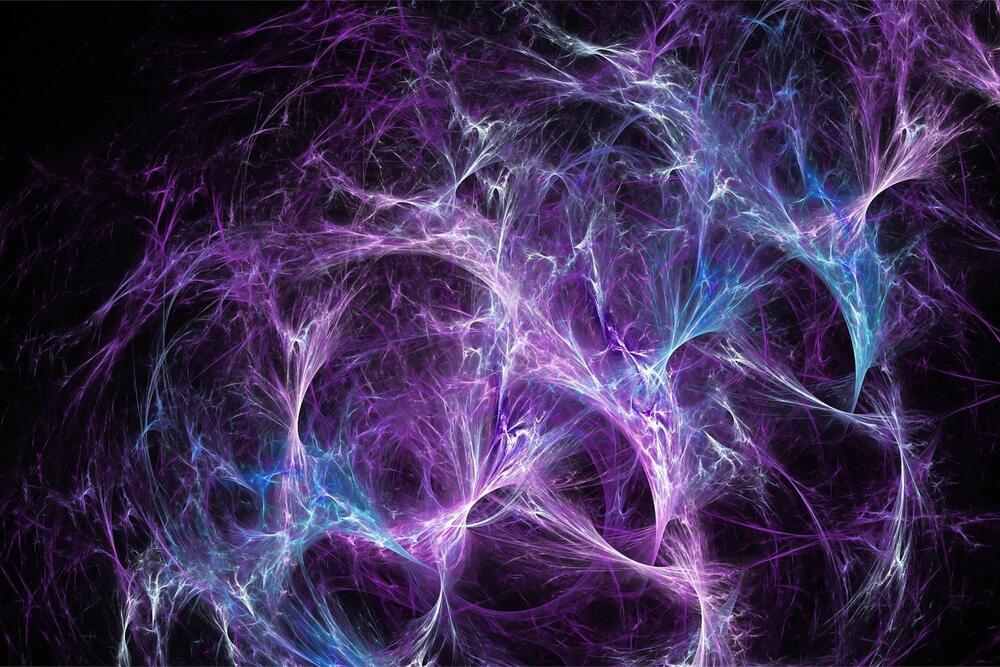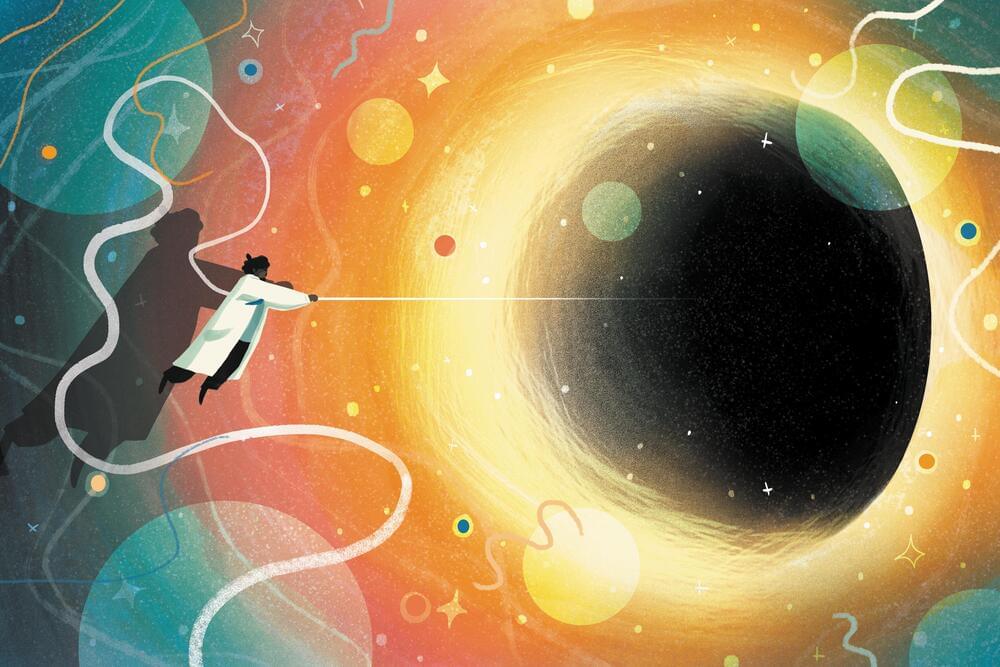Early in its history, shortly after the Big Bang, the universe was filled with equal amounts of matter and “antimatter”—particles that are matter counterparts but with…




The concept or idea of a multiverse fascinates physicists’ as much as sci-fi fans, but if science was able to prove it exists, could every type of universe within it actually be predicted? The late Stephen Hawking believed there was a way to shed light on this strangest cosmic mystery.
Hawking’s final paper, published in the journal High-Energy Physics revisits one of his earlier (and no less mind-blowing) theories. The “no-boundary proposal” considers Einstein’s suggestion that the pre-Big Bang universe was a singularity, an extremely dense and hot micro-speck of matter where the laws of physics didn’t apply. Hawking speculated that time as we know it was nonexistent in this singularity, which had no beginning and no end—infinite and spherical rather than finite and linear. The embryonic universe is thought to have expanded rapidly and spawned parallel worlds during a period known as cosmic inflation.
NASA is trying to pull a rabbit out of the hat to launch Artemis I this month. Watch to hear about this and other launch options in work. The main driver is getting waivers from range control on the Flight Termination System (FTS). Find out why the last attempt was scrubbed. The SpaceX Starship engine test campaign is also covered in this video after discussions of the advantages and disadvantages of using hydrogen fuels.
Worm-hole generators by the pound mass: https://greengregs.com/
For gardening in your Lunar habitat Galactic Gregs has teamed up with True Leaf Market to bring you a great selection of seed for your planting. Check it out: http://www.pntrac.com/t/TUJGRklGSkJGTU1IS0hCRkpIRk1K
Awesome deals for long term food supplies for those long missions to deep space (or prepping in case your spaceship crashes: See the Special Deals at My Patriot Supply: www.PrepWithGreg.com.


According to a University of Portsmouth study, a new physics law could allow for the early prediction of genetic mutations.
The study discovers that the second law of information dynamics, or “infodynamics,” behaves differently from the second law of thermodynamics. This finding might have major implications for how genomic research, evolutionary biology, computing, big data, physics, and cosmology develop in the future.
Lead author Dr. Melvin Vopson is from the University’s School of Mathematics and Physics. He states “In physics, there are laws that govern everything that happens in the universe, for example how objects move, how energy flows, and so on. Everything is based on the laws of physics. One of the most powerful laws is the second law of thermodynamics, which establishes that entropy – a measure of disorder in an isolated system – can only increase or stay the same, but it will never decrease.”
Check out the math & physics courses that I mentioned (many of which are free!) and support this channel by going to https://brilliant.org/Sabine/ where you can create your Brilliant account. The first 200 will get 20% off the annual premium subscription.
Einstein’s theory of general relativity has made countless correct predictions and yet physicists are constantly trying to prove it wrong. Why? What would it be good for to prove Einstein wrong? And how could it be done? In this video I go through the most promising experiments that physicists currently work on which could prove Einstein wrong.
You can support me on Patreon: https://www.patreon.com/Sabine.
The new constraints from gamma ray bursts:
https://arxiv.org/abs/2109.
The new Afshordi paper on black hole echoes.
https://arxiv.org/abs/2201.
Aspelmeyer et al’s quest for massive superpositions.

Quantum entanglement and spacetime wormholes helped to solve a long-standing quandary.
Astronomers may soon have the answer to what is perhaps the greatest mystery of modern science –is dark energy a uniform force across space and time, or has its strength evolved over eons?
The universe is not only expanding – it is accelerating outward, driven by what is commonly referred to as “dark energy.” The term is a poetic analogy to the label for dark matter, the mysterious material that dominates the matter in the Universe and that really is dark because it does not radiate light (it reveals itself via its gravitational influence on galaxies).
From black holes to dark energy to chances for life in the Universe, our cosmic journey to understand it all is just getting started.